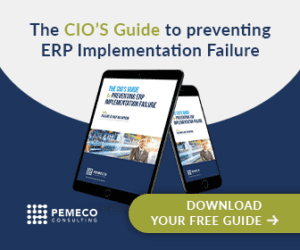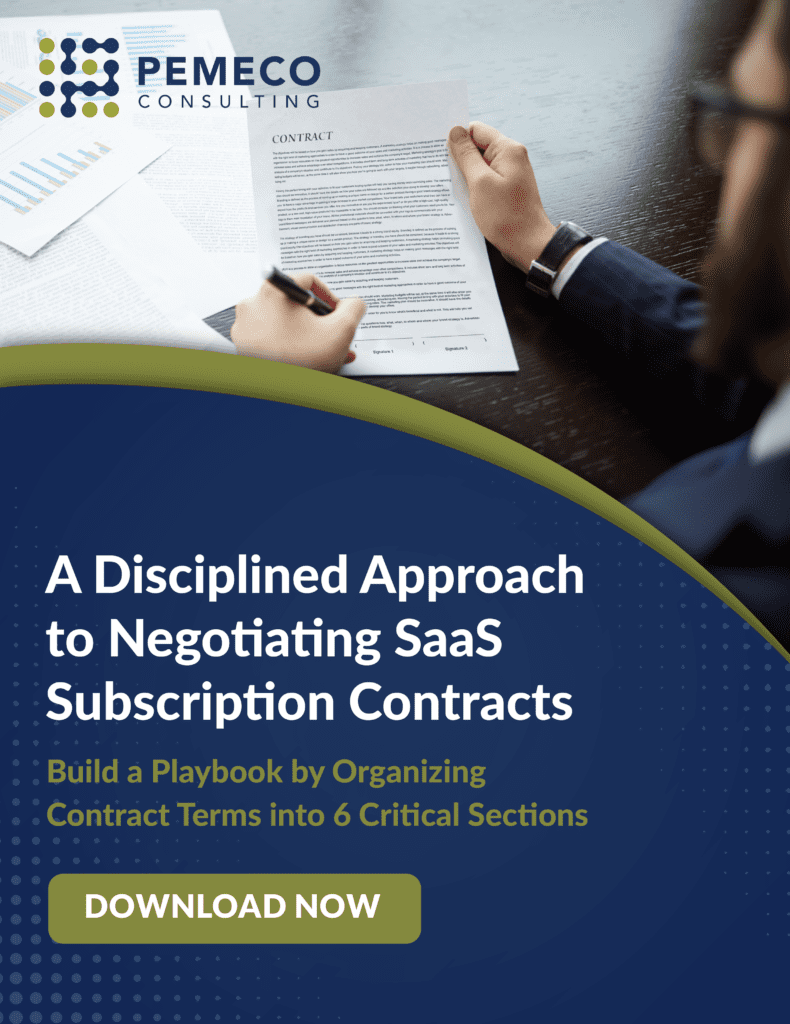The success rate of M&A integration has increased since 2019, but only marginally. In 2022, PwC reported that less than half of organizations experienced significant strategic, financial, and operational success. That means most companies still do not meet their acquisition and integration goals. And, given that private-equity firms need to quickly realize and deliver shareholder value, it’s critical that they properly plan and execute their post-acquisition integration strategy.
Why M&A Integration Success Rates Underwhelm
Underwhelming post-merger integration performance typically results from an overall lack of planning, vision, and expertise. In many cases, organizations simply lack a standardized, repeatable, proven post-merger acquisition playbook. As a result, private equity firms, family offices, and other acquisitive entities find themselves reinventing the wheel deal-by-deal with variable rates of effectiveness.
Four Key Success Factors to an Effective Post M&A Operational and IT Integration Playbook
Here are critical success factors to effectively planning and successfully execute your post-acquisition integration.
Don’t Skip The First Step: Revisit, Validate, and Adjust the Pre-Acquisition Strategy
Private equity firms and other acquirers often devise a well-intentioned acquisition and value creation strategy as part of pre-acquisition due diligence. We talk more about Critical Success Factors for Pre-Acquisition IT and Operational Due Diligence in our companion post. However, post-acquisition, many fail to re-validate and update the strategy before diving head-first into integration activities. As a result, many spend too much time and money chasing projects that fail to deliver shareholder value.
Immediately upon close, it’s important to validate the assumptions that underpinned the value drivers articulated in the confidential information memorandum (CIM) and the due diligence. For example, due diligence might have identified operational efficiencies by enabling customers self-service order models to reduce costly and inefficient internal customer service processes. However, a deeper analysis might ultimately show that customers prefer the human touch.
By validating the due diligence post-close, the acquiring entity can avoid potentially costly investments and projects that could erode – instead of create – value.
In summary, the value identified pre-acquisition might still be realizable, but the benefits might lie in different places than originally thought. Therefore, the first step is to revisit the top-down value levers and undertake a rapid bottom-up assessment to validate and refine the synergies.
Critical Components of a Rapid Post-Acquisition Assessment
Though the plans are often called Operational Plans or IT Plans, the assessment should holistically consider corporate and organizational structures, business processes, data and information architecture and governance, and enabling technologies. When mapping the current and future state changes, it is important to clearly articulate the changes and quantify both the benefits and costs of those changes.
At a minimum, the components of an analysis should cover:
- Corporate and organizational design
- Future-state legal entity structure
- Future-state facility(ies) structures
- Future-state organizational structures
- Future-state central services
- Future-state locally autonomous services
- Headcount additions and attritions
- Business processes
- Business process improvements, and cross-entity and site process standardization
- Cross-entity and cross-functional business process workflows
- Data and information
- Data structures
- Cross-entity common and shared data
- Entity and site-specific localized data
- Improved transactional data structures
- Data governance
- Policies and procedures
- Functional ownership
- Systematic and procedural controls
- Reporting and analytics
- Top-level KPIs on synergy benefit realization
- Operational KPIs that drive the strategic synergy benefits
- Reporting and analytics automation and delivery
- Information technologies and systems
- Business and analytic applications
- Platform and integration architecture
- Infrastructure
- Information security
30-Day, 60-Day, 100-Day, 360-Day Integration Plans
The next key task is to develop plans to deliver the mapped future state. The plans need to be realistic and achievable. In addition to human capital and financial resource constraints, the plans should consider the target’s organizational maturity. For example, it would be unrealistic to expect a company with manual and siloed processes to become fully automated and integrated within 100 days.
A well-conceived plan charts a clear path to a defined value. It includes clear milestone markers that allow the core, project, and executive teams to take stock of progress. And, because complex organizational change projects always have risks and issues, it’s critical that the plans include strong governance designed to identify and efficiently remove roadblocks.
The plans should include:
- Project charter
- Detailed scope statements, including target KPIs
- Project teams and governance
- Project schedule
- Project budget
- Project risk and issues tracker
- Communications and training plans
Delivery Expertise
Preparing and executing detailed plans requires specific expertise in the areas of organizational design, business process improvement, technology selection, and implementation project and change management.
Why Pemeco?
Each year, Pemeco works with dozens of new private equity firms, family offices, and corporate clients – helping them successfully plan and execute their post-acquisition strategies.
Founded in 1978, Pemeco is a client-side consulting firm that specializes in post-acquisition implementation and is the only firm in the industry with a 100% implementation success rate.
Contact us today and take the first step to confidently delivering your M&A integration project.
“Working with Pemeco was an awesome experience. They were extremely knowledgeable and easy to work with. We ended up with a system that worked, processes that worked, and efficiencies that were recognized company wide, from engineering to shipping. There wasn’t a single area of the company that didn’t benefit from Pemeco’s input, knowledge and recommendations.“
– Don Ackerman, IT Manager of Tokyo Electron Americas






